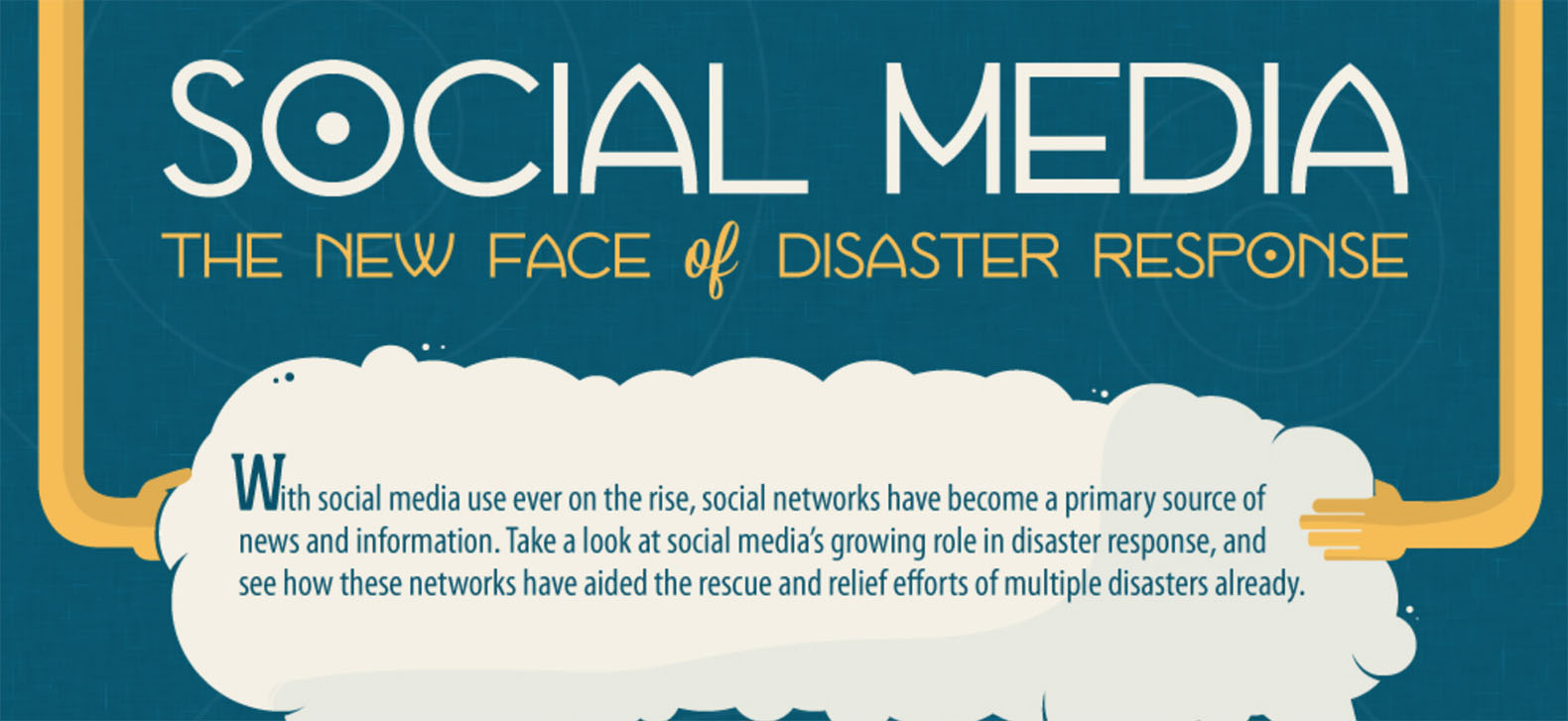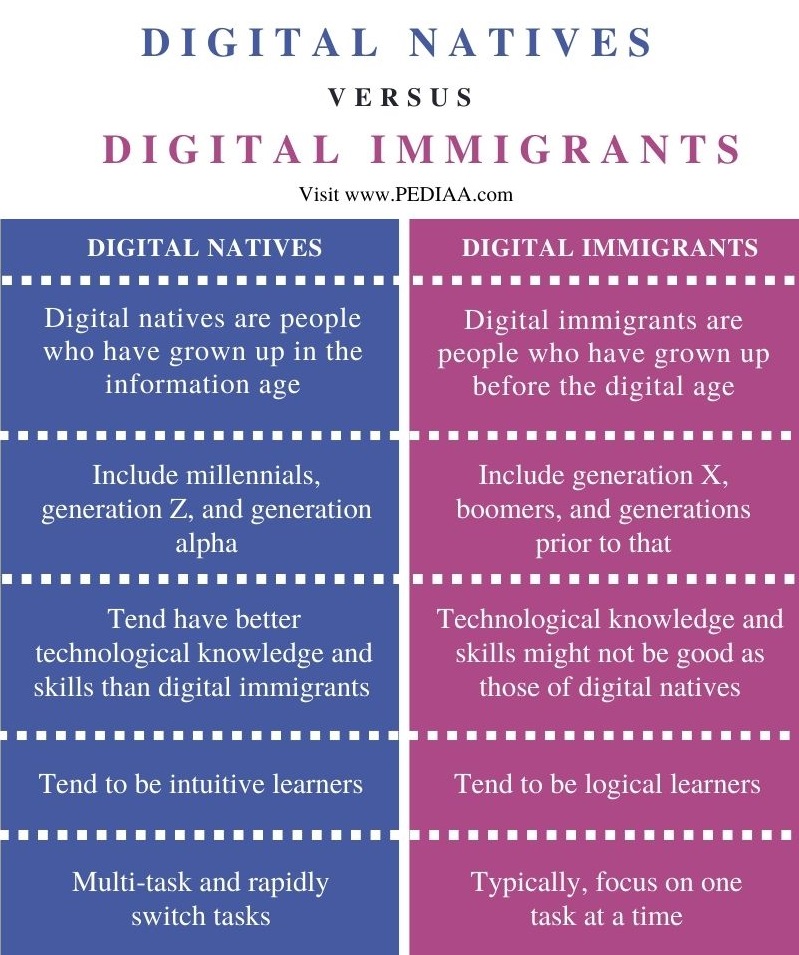Ferdinand de Saussure and
Charles Sanders are credited for initiating the theory of semiotics that
studies the meaning of symbolic communication (Zantides & Ball, 2014). In 1978 Michael Halliday
proposed that the semiotic resource of language and visual aids are influenced
by how individuals utilize them within a specific context (Bezemer and Mavers,
2011). Today social semiotics as a study is concerned with the diffusion of
media information and focuses on interpretations and understandings of visual
communications on the individual level (Bezemer and Mavers, 2011). In practice,
semiotics is used as a tool to convey axioms, concepts, and ideologies, and its
use ubiquitous in contemporary social contexts (Zantides & Ball, 2014).
Methods for analyzing signs,
which includes letters, numbers, or any visual representation or expression, vary
depending on the application and goal. However, commonalities include looking
at specific signifiers, which are the most simplistic units of meaning
contained in a sign.
Methods for analyzing signs,
which includes letters, numbers, or any visual representation or expression, vary
depending on the application and goal. However, commonalities include looking
at specific signifiers, which are the most simplistic units of meaning
contained in a sign. In designing a
marketing sign, for example, marketers might analyze signs connected with their
product, then select signifiers that contain appropriate, memorable,
recognizable, and versatile associations to communicate the attractiveness of their
product. In this case of the graphic above, the signifiers presented do
accurately convey a memorable, appropriate, recognizable, and versatile messages.
Similarly, if you were assessing
a visual aid to communicate semiotics, the analysis would look at the specific
signifiers used in the message(s). As the visual aid suggests, an analysis
would begin with an assessment of the signifier, then an evaluation of the
concept that is signified.
Bezemer, & Mavers, D. (2011). Multimodal transcription as
academic practice: a social semiotic perspective. International Journal of Social Research Methodology, 14(3), 191–206. https://doi.org/10.1080/13645579.2011.563616
Zantides, & Ball, R. (2014). Semiotics and visual communication : concepts and practices (Zantides, Ed.). Cambridge Scholars Publishing.










